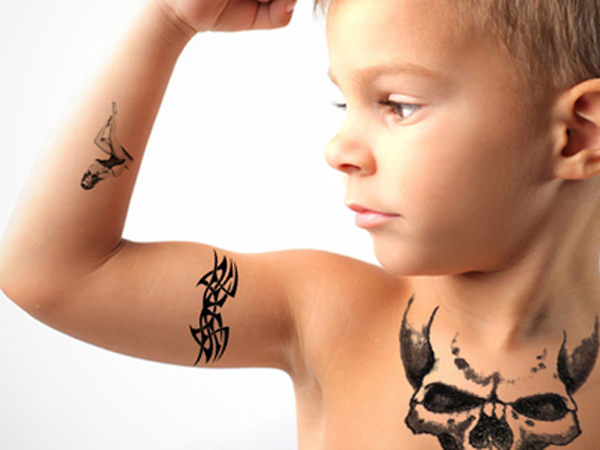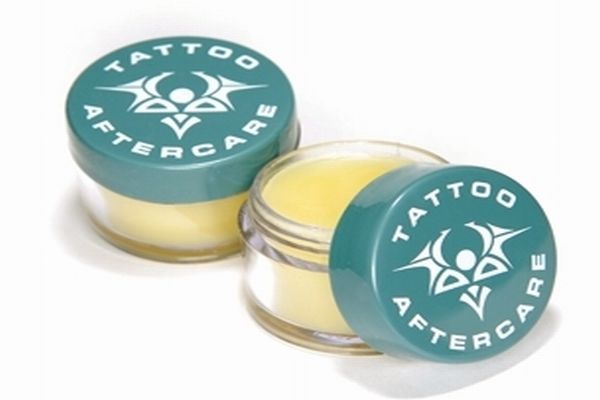Tattoo making is an art that needs 100 percent precision and accuracy. You need to have a good hand-eye co-ordination in order to satisfy your customer. Apart from the beauty and design of the tattoo, safety is an important aspect, i.e., the needles should be new and the machines should be greased/oiled regularly in order to mitigate infections. Let us discuss some tips for new artists.

- Take time to spread the needle of your flat shader, this will help the ink to flow smoothly to the tip and create less pressure on the skin and the machine. If the needle is not spread adequately, it will be more difficult for the needle to seep into the skin making the machine work harder and creating disbalance. In order to spread the needles, lay the needle bar on a piece of glass and with the help of exacto knife real carefully put the blade between the last needle and from the needle tip slowly push downward toward the solder. Spread the last needle on the other side moving toward the middle. Although it takes time to pick up this method, it is quite useful in the long run. So first practice on old sterilized needles.
- As far as round needles are concerned, they are used for shading and coloring. In case, you make them yourself then buy a jig that is loosely put together because a tight stock will take you nowhere as far as color absorption is concerned. It will not get the color in evenly and will result in scarring and bruising.
- In order to enhance the consistency of the ink puddle on skin, take the solder out of the groove of the underside of the flat shader. Ink travels and gets under the skin from the grooves of the needles, the ink around the needles is usually pushed away by the elasticity of the skin.
- A way to eliminate splatter of ink is to put a bend in the middle of needle bar in order to equalize the pressure of rubber band.




